The tragedy of the Green Bay 58 boat carrying tourists suddenly capsized in Ha Long Bay on the afternoon of July 19 due to a sudden storm, killing 37 people and leaving 2 missing, raising alarm bells about loopholes in maritime safety assurance.
It is known that at the time of the incident, there were 49 people on board (46 passengers, 3 crew members).
In recent days, the incident has continued to receive special attention from the public. Many questions and lessons have been drawn regarding the safety of tourist boats operating in Ha Long Bay as well as rescue operations.
In a press conference on the afternoon of July 20, Mr. Bui Hong Minh, Deputy Director of the Department of Construction of Quang Ninh province, affirmed that 100% of tourist boats operating in Ha Long Bay "have standards higher than national standards".
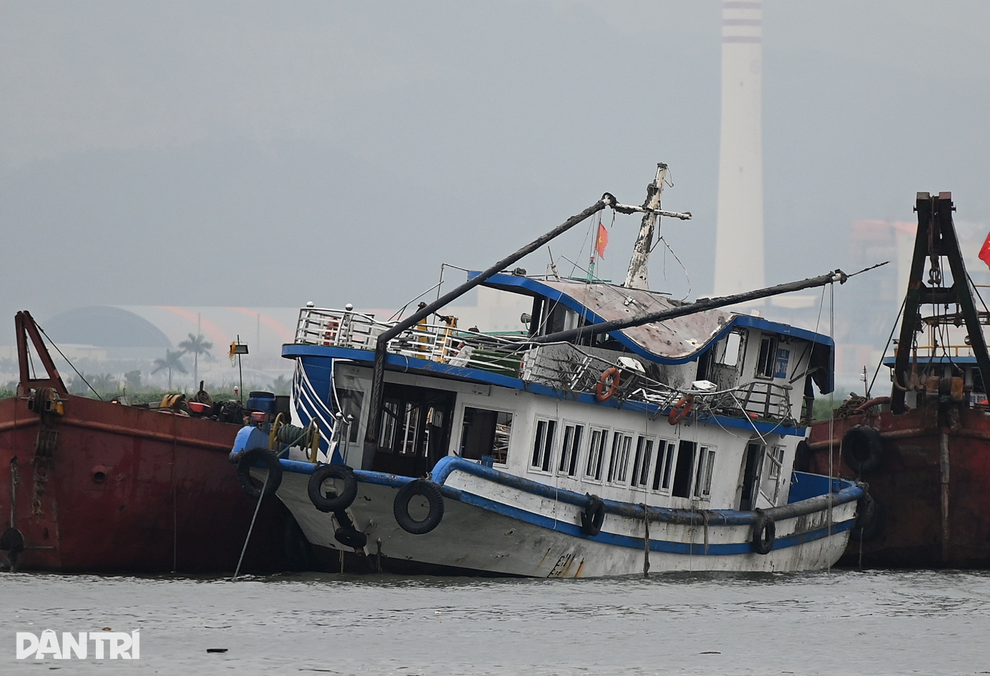
According to Mr. Minh, the regulations include 15 safety criteria for tourist boats. Quang Ninh province encourages boats to operate with safety criteria higher than national standards. The accident ship Vinh Xanh 58 had a safety factor of 2.3 while the safety factor according to regulations is only over 1.15.
The licensing of ships to leave port is carried out in accordance with the provisions of law and by the port authority. In particular, the licensing conditions for ships to operate include conditions on technical safety, environmental protection, certificates of crew conditions, and weather conditions.
Besides the issue of safety index of cruise ships carrying passengers, the story of how rescue work is deployed when an incident occurs also receives public attention.
Dr. Pham Ha, Chairman of LuxGroup - a unit that owns many sea tourism vehicles in Quang Ninh and Nha Trang, commented that there are currently loopholes in the design of tourist ships when there is no automatic warning system.
For example, when an emergency occurs, the captain or crew cannot react in time, which can easily lead to a similar situation as the recent case of the Green Bay 58 ship.
According to Dr. Pham Ha, all ships are monitored via GPS, AIS (a system for monitoring ships that helps track location, direction, speed and many other information) directly connected to a control center like an airport. On the big screen, each ship appears as a green dot.
When the signal is lost, the green dot disappears and the system automatically alarms. At this time, the crew must immediately contact the captain, otherwise the emergency procedure must be activated.

That is the process of the rescue team deploying a speedboat in 5 minutes, carrying full equipment such as life rafts, diving gear, medical equipment , cranes, and even helicopters ready to take off. After less than 30 minutes, all passengers were rescued and brought safely to shore.
"4.0 technology not only manages, but also protects human lives. With a tourist destination of tourism scale like Ha Long, a modern rescue system is a must that cannot be delayed because a minute can mean life or death," Dr. Pham Ha analyzed.
In addition, another prominent issue was also noted by a representative of LuxGroup.
It is a copper-hulled ship with a flat bottom design and uses light, sinking materials. If it continues to be put into operation, it will pose many potential risks of accidents like the recent case of the Blue Bay 58 ship.
According to Dr. Pham Ha, this type of ship has a very shallow bottom, a light hull, and is easily heated under the harsh sunlight. When anchored for a long time high on the deck for lunch, if it encounters heavy rain and strong winds, the ship is very likely to capsize. This design is only suitable for small rescue ships, warm waters, calm seas, and little wind, and is completely unsuitable for complex conditions such as the Gulf of Tonkin.
Quang Ninh province still allows many ships built in the same style as the sunken ship to operate. These are ships with pointed bows to easily dock in poor infrastructure conditions.
However, with increasingly unusual weather conditions due to climate change, LuxGroup representatives believe that it is necessary to boldly eliminate outdated and unsuitable ship models to avoid further heartbreaking accidents.
In addition to objective factors, Dr. Justin Matthew Pang, Senior Lecturer of Tourism and Hospitality Management, RMIT University Vietnam, said that in order to ensure passenger safety, all cruise ships should apply the highest safety standards, from controlling capacity, arranging enough life jackets, requiring life jackets to be worn throughout the journey, to providing first aid kits and full rescue equipment.
In addition, ship owners need to strictly manage the number of people on board, ensure enough life jackets and require their full use. Safety instructions illustrated like on airplanes should become mandatory.
Dr Pang also suggested that authorities should issue a comprehensive suspension of boat operations during bad weather to protect both local residents and tourists.
The expert also recommended inviting independent safety experts to study the impact of tropical storms on Ha Long Bay and working with all stakeholders such as local leaders, ship owners and maritime associations to apply global best practices.
“Over time, dangerous practices will be eliminated, leading to a safe, sustainable tourism industry that is operated according to best practices and is responsible,” he said.
Source: https://dantri.com.vn/du-lich/tu-vu-lat-tau-o-ha-long-lo-hong-chi-mang-trong-cong-tac-cuu-ho-20250724114318424.htm


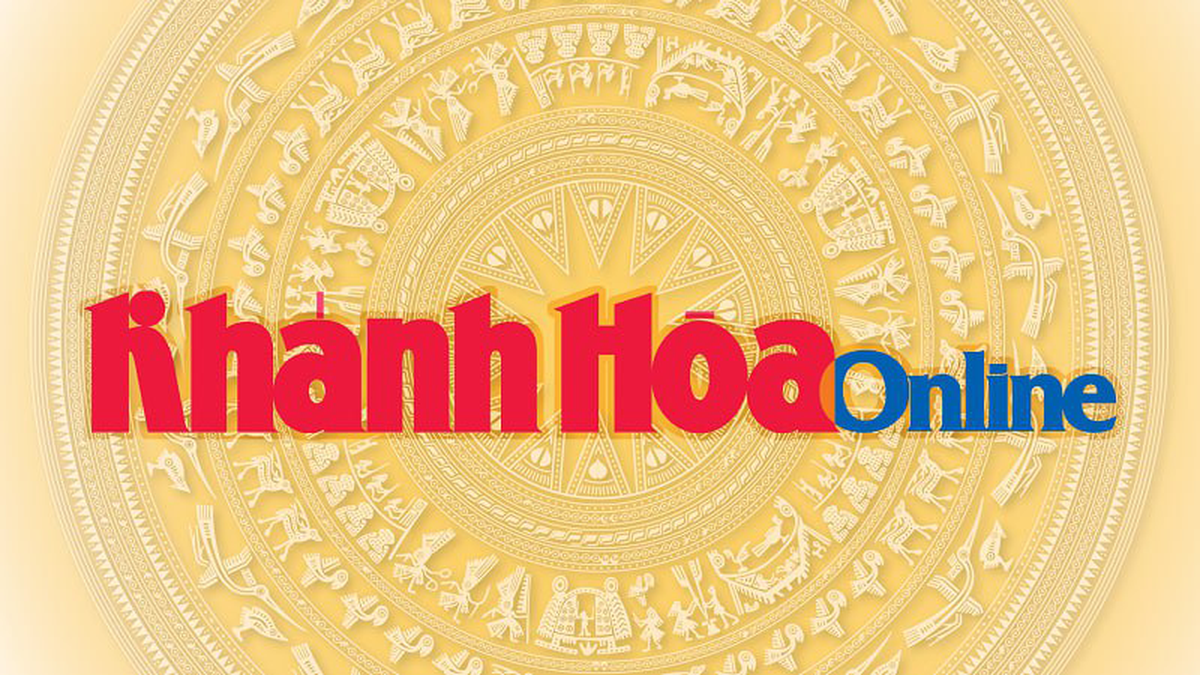
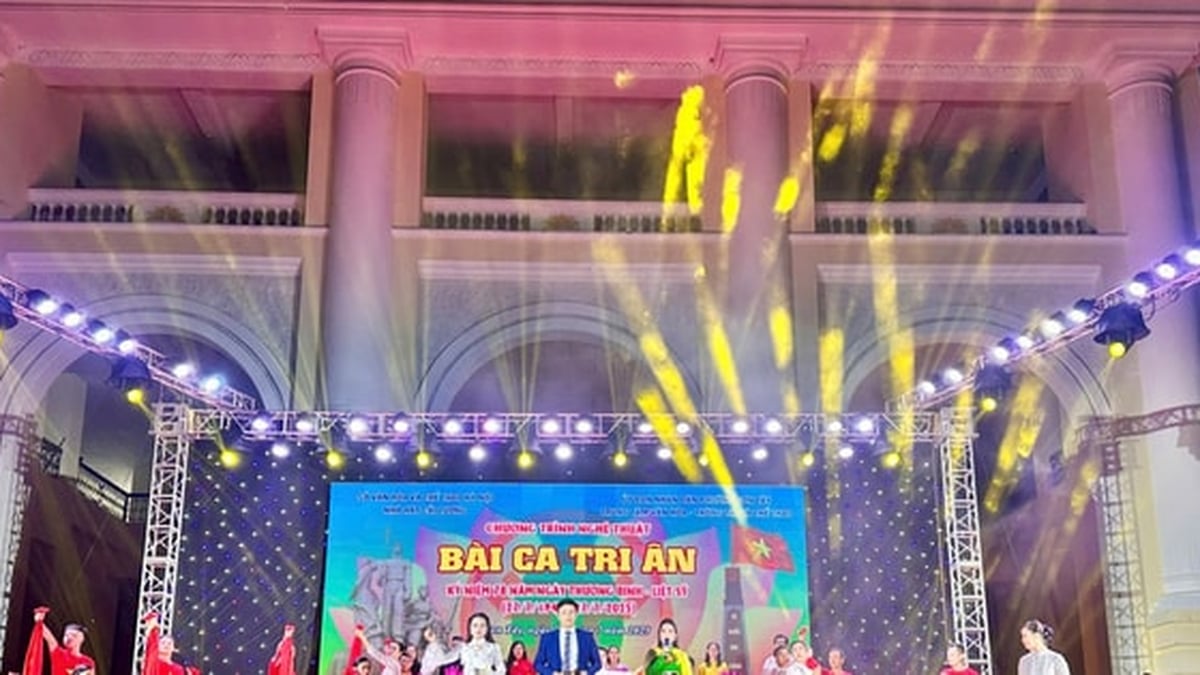
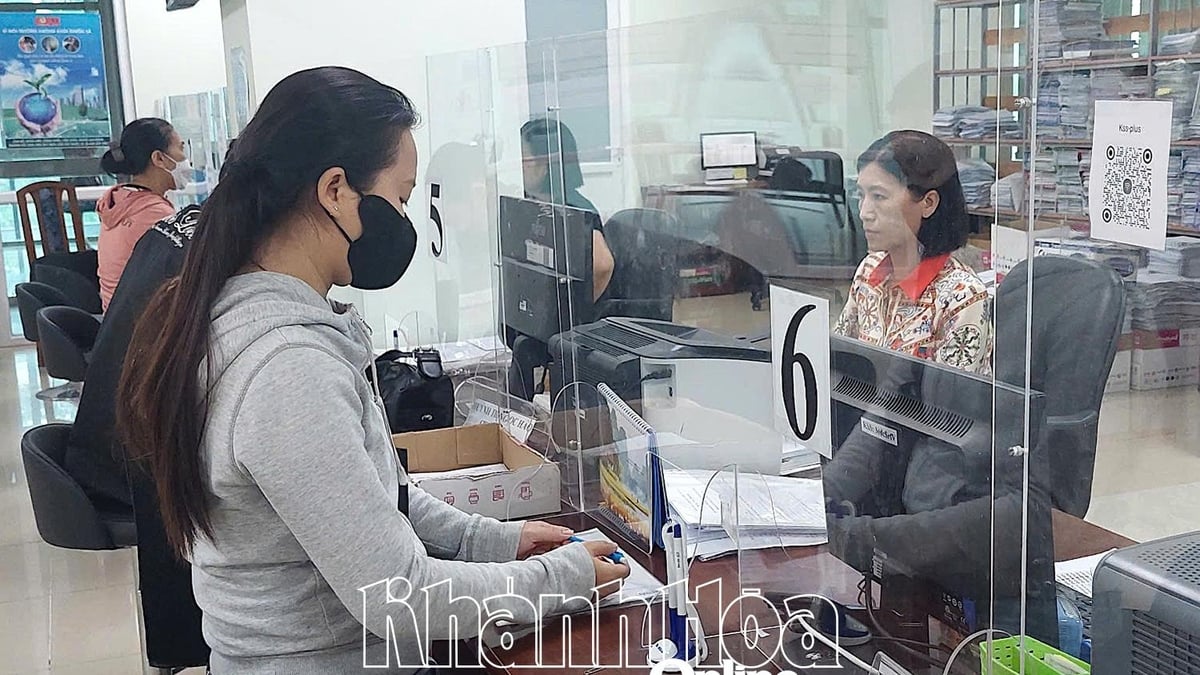

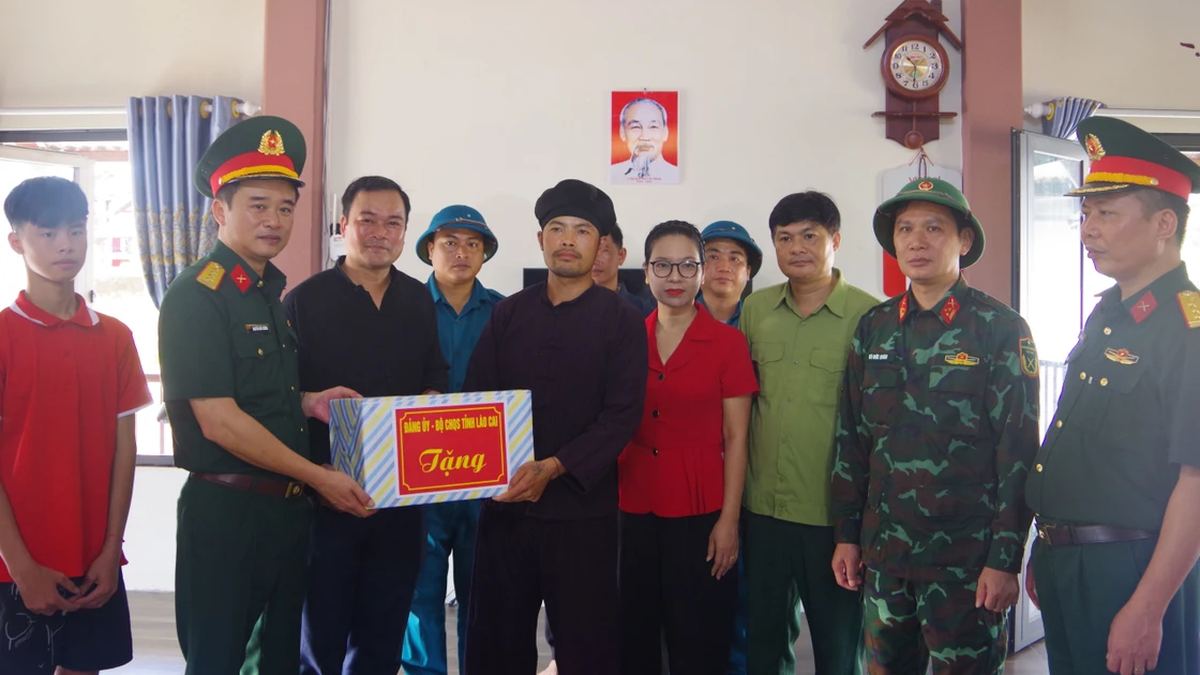



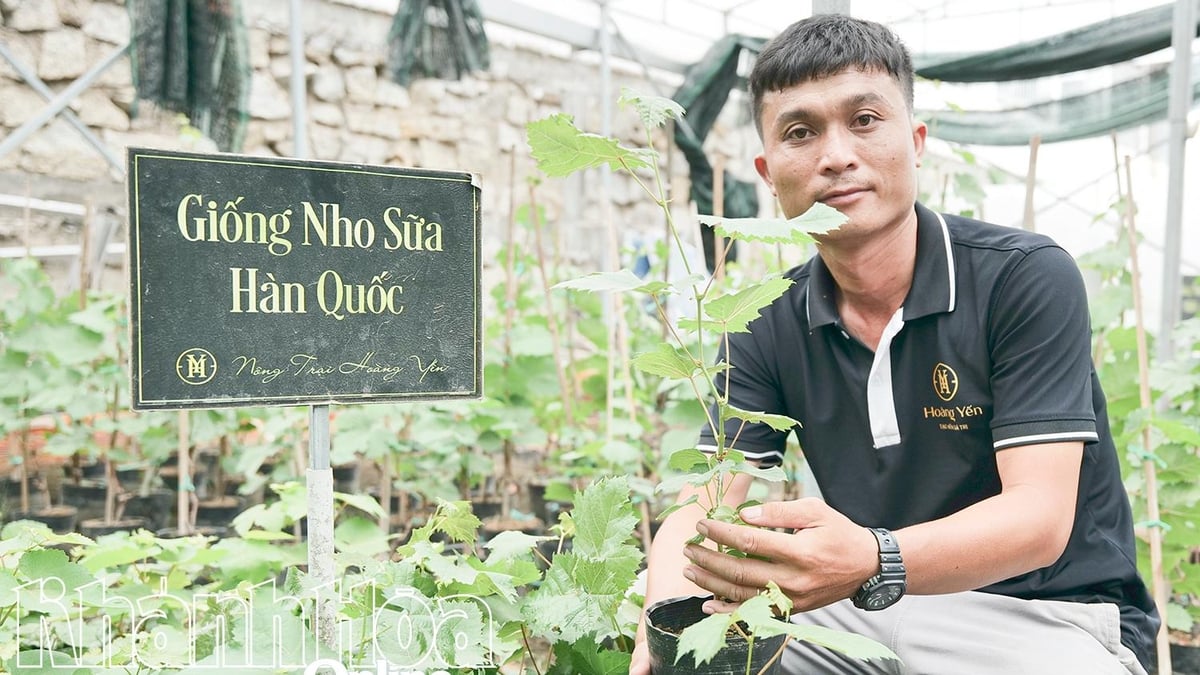
























































































Comment (0)